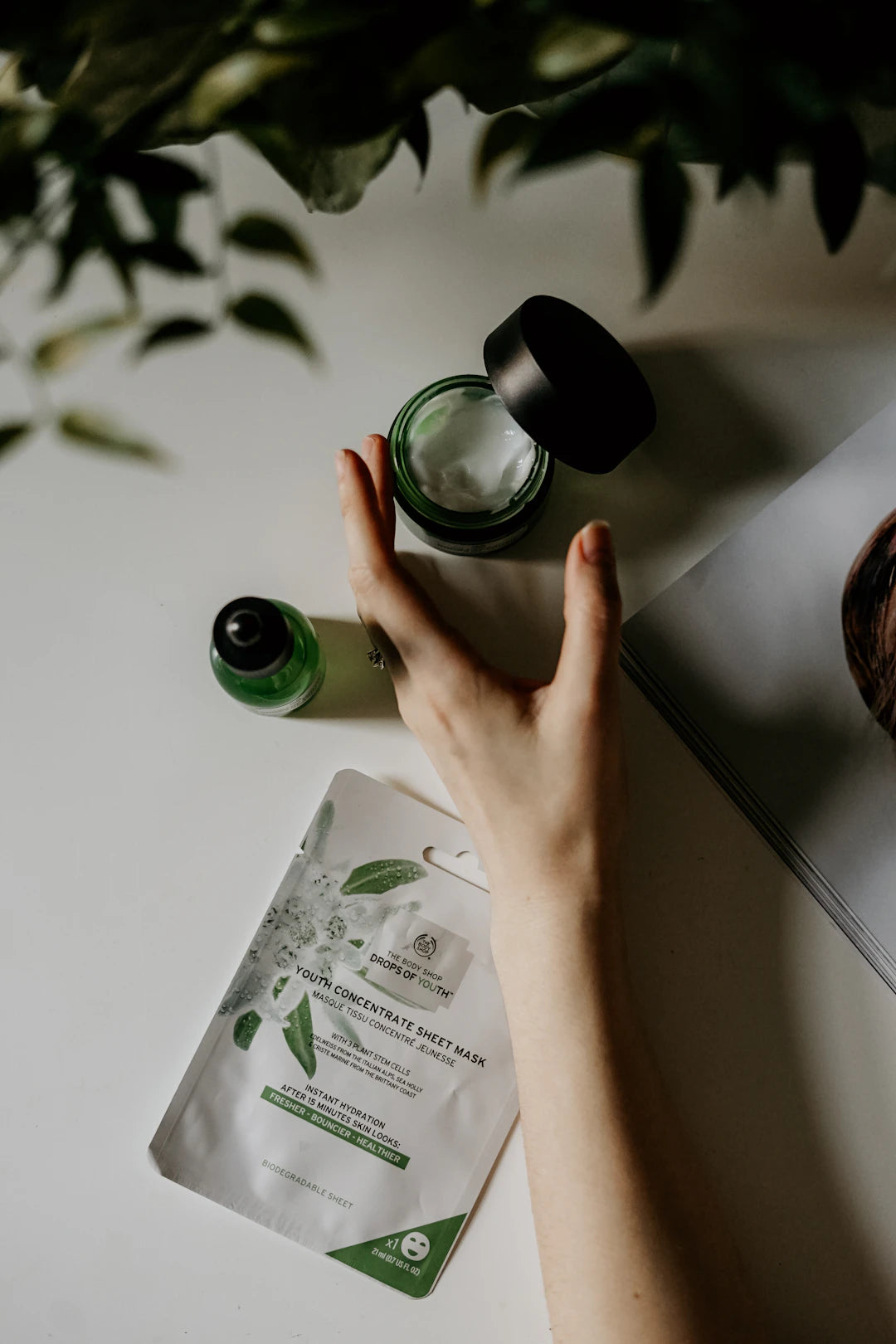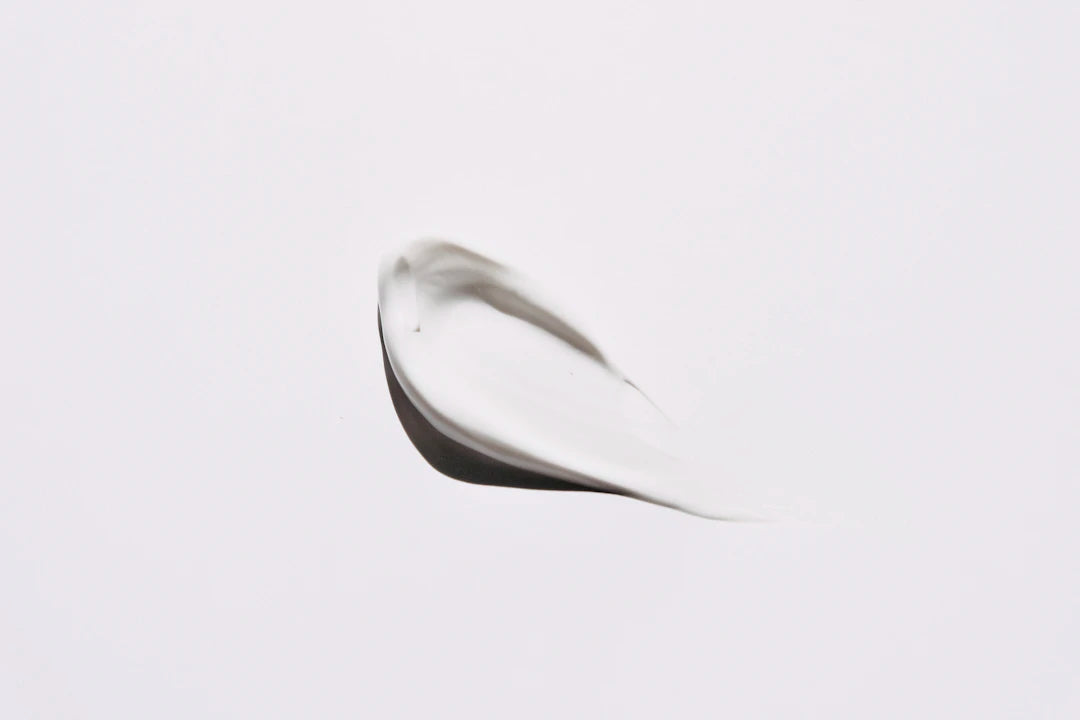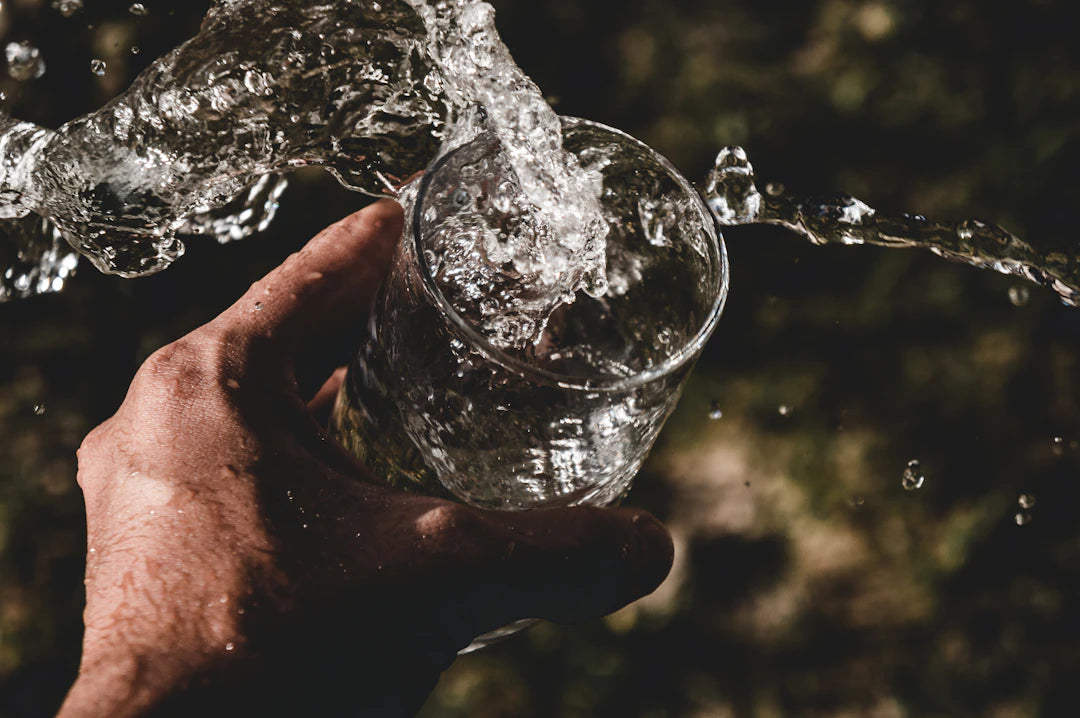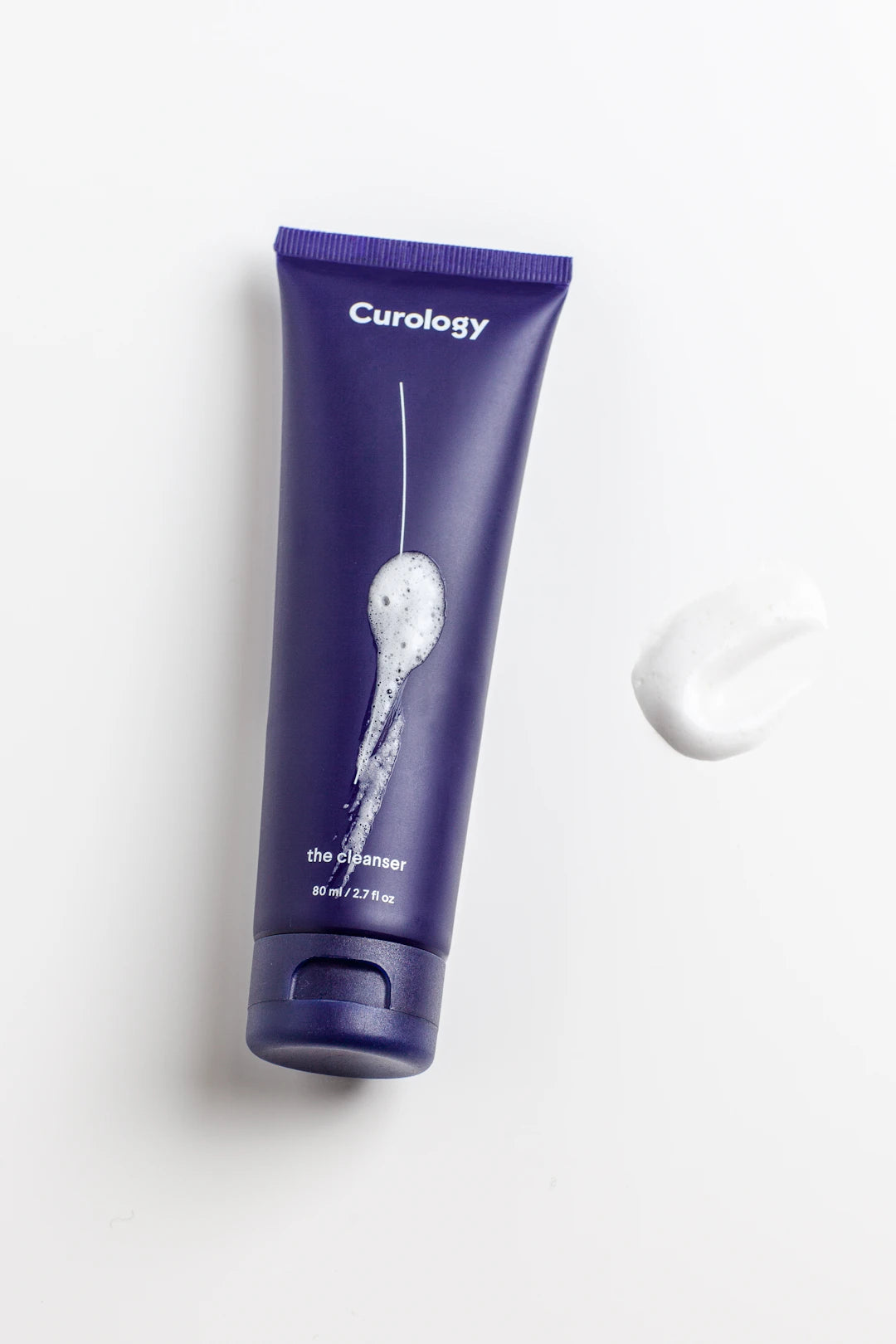Unlock Radiant Skin: Exfoliation Tips You Need to Know

Frequently Asked Questions
1. What is exfoliation?
2. What are the benefits of exfoliation?
3. How often should I exfoliate my skin?
4. What types of exfoliation are available?
5. Can everyone benefit from exfoliation?
Are you looking to achieve beautiful, glowing skin? One of the best ways to enhance your skincare regimen is by incorporating exfoliation into your routine. But why is exfoliation important, and how often should you do it? Let’s delve into the world of exfoliation and discover how to achieve a brighter complexion without sacrificing your skin’s health.
What is Exfoliation?
Exfoliation is the process of removing dead skin cells from the surface of your skin. This process helps to unveil the fresh, new skin underneath, promoting a smoother and more radiant complexion. Exfoliation can take place through physical methods, like scrubs, or chemical methods, such as alpha-hydroxy acids (AHAs) and beta-hydroxy acids (BHAs). Each method has its benefits and can cater to different skin types and concerns.
Benefits of Exfoliation
While it may seem like an additional step in your skincare routine, exfoliation comes with numerous benefits that can improve your skin's overall appearance and health.
Enhances Skin Texture
Have you ever felt that your skin looks dull or rough? Regular exfoliation helps to smooth out your skin's surface by sloughing off those dead skin cells. This promotes an even texture, giving you that coveted glow.
Boosts Product Absorption
When you remove the layer of dead skin cells through exfoliation, your skincare products can penetrate more effectively. This means your Hydrate & Protect Bundle and other serums will work more efficiently, maximizing their benefits and helping your skin to feel hydrated and rejuvenated.
Promotes Skin Tightening
With consistent exfoliation, you encourage cell turnover and stimulate collagen production, which can lead to tighter, firmer skin. This can be particularly beneficial if you're looking to combat the signs of aging or improve elasticity.
Types of Exfoliation
Understanding the different types of exfoliation will help you choose the right method for your skin type and needs.
Physical Exfoliation
This method involves manually scrubbing the skin to remove dead skin cells. Common products for physical exfoliation include scrubs and brushes. When choosing a physical exfoliant, it's crucial to look for gentle formulas that won’t create microtears on your skin.
Chemical Exfoliation
Chemical exfoliation utilizes active ingredients to dissolve dead skin cells effectively. AHAs, like glycolic acid and lactic acid, are excellent for those with dry skin, while BHAs, like salicylic acid, are perfect for oily or acne-prone skin. This method can provide a deeper exfoliation without the harshness of physical scrubs, making it suitable for sensitive skin types.
How Often Should You Exfoliate?
One of the most common questions surrounding exfoliation is, “How often should I do it?” The answer varies based on your skin type and the method of exfoliation you choose.
For Normal to Oily Skin
If you have normal to oily skin, exfoliating 2 to 3 times a week is typically ideal. This will help keep your skin free from excess oil and unclogged pores, preventing breakouts.
For Dry or Sensitive Skin
If your skin is on the drier or more sensitive side, opt for exfoliating 1 to 2 times a week. Be gentle with your choice of products and consider opting for mild, hydrating exfoliators that don't strip your skin of its natural moisture.
For Combination Skin
Combination skin types may benefit from a tailored approach. Exfoliate once or twice a week in areas that tend to be oilier while being gentler on dry patches. Listen to your skin's needs and adjust accordingly.
Tips for Effective Exfoliation
To make the most of your exfoliation routine, follow these essential tips:
- Choose the Right Product: Select an exfoliator that suits your skin type. Always do a patch test to avoid adverse reactions.
- Don't Overdo It: Exfoliating too frequently can lead to irritation and compromise your skin's barrier. Stick to your planned schedule.
- Moisturize: After exfoliating, always hydrate your skin with a good moisturizer, such as those included in the Hydrate & Protect Bundle, to maintain balance and moisture.
- Sun Protection: Exfoliation can make your skin more sensitive to the sun. Always wear SPF after exfoliating to protect your skin from harmful UV rays.
Combining Exfoliation with Other Skincare Steps
Exfoliation should be part of a comprehensive skincare routine that includes cleansing, toning, and moisturizing. Here’s a simple guide on how to incorporate exfoliation into your regimen:
1. Cleanse
Before exfoliating, ensure that your skin is clean. Use a gentle cleanser to remove makeup, dirt, and excess oil.
2. Exfoliate
Use your chosen exfoliator, following the instructions on the product. If you are using a chemical exfoliant, allow it to sit on your skin for the recommended time before rinsing.
3. Tone
Toning helps to remove any remaining impurities and restore your skin's pH balance. Look for alcohol-free toners that hydrate and refresh your skin.
4. Moisturize
Finish your routine by applying a moisturizer to lock in hydration. If you're using the Hydrate & Protect Bundle, now is the time to indulge your skin.
Listen to Your Skin
Every person's skin is unique, and it's essential to pay attention to its needs. Factors such as weather changes, hormonal fluctuations, and even diet can affect how your skin reacts to exfoliation. Be aware of how your skin feels and adjust your routine accordingly.
Myth-Busting Exfoliation
There are a lot of misconceptions surrounding exfoliation, and it’s essential to separate fact from fiction.
Myth 1: Exfoliation is Only for Oily Skin
Many believe that only oily skin needs exfoliation. In reality, all skin types can benefit from regular exfoliation, including dry and sensitive skin, as it promotes a healthy turnover of skin cells.
Myth 2: If You Exfoliate More, You’ll Get Better Results
As discussed earlier, over-exfoliating can harm your skin. Less is often more, and the key is to find a balance that works for your skin type.
Your Path to Flawless Skin
Incorporating exfoliation into your skincare routine can open doors to clearer, healthier skin. By understanding the importance of exfoliation, how often to do it, and selecting the right products, you’ll be well on your way to achieving that radiant complexion you desire. Remember to pair exfoliation with the Hydrate & Protect Bundle for maximum hydration and skin wellness. Get ready to embrace glowing skin and boost your confidence!


